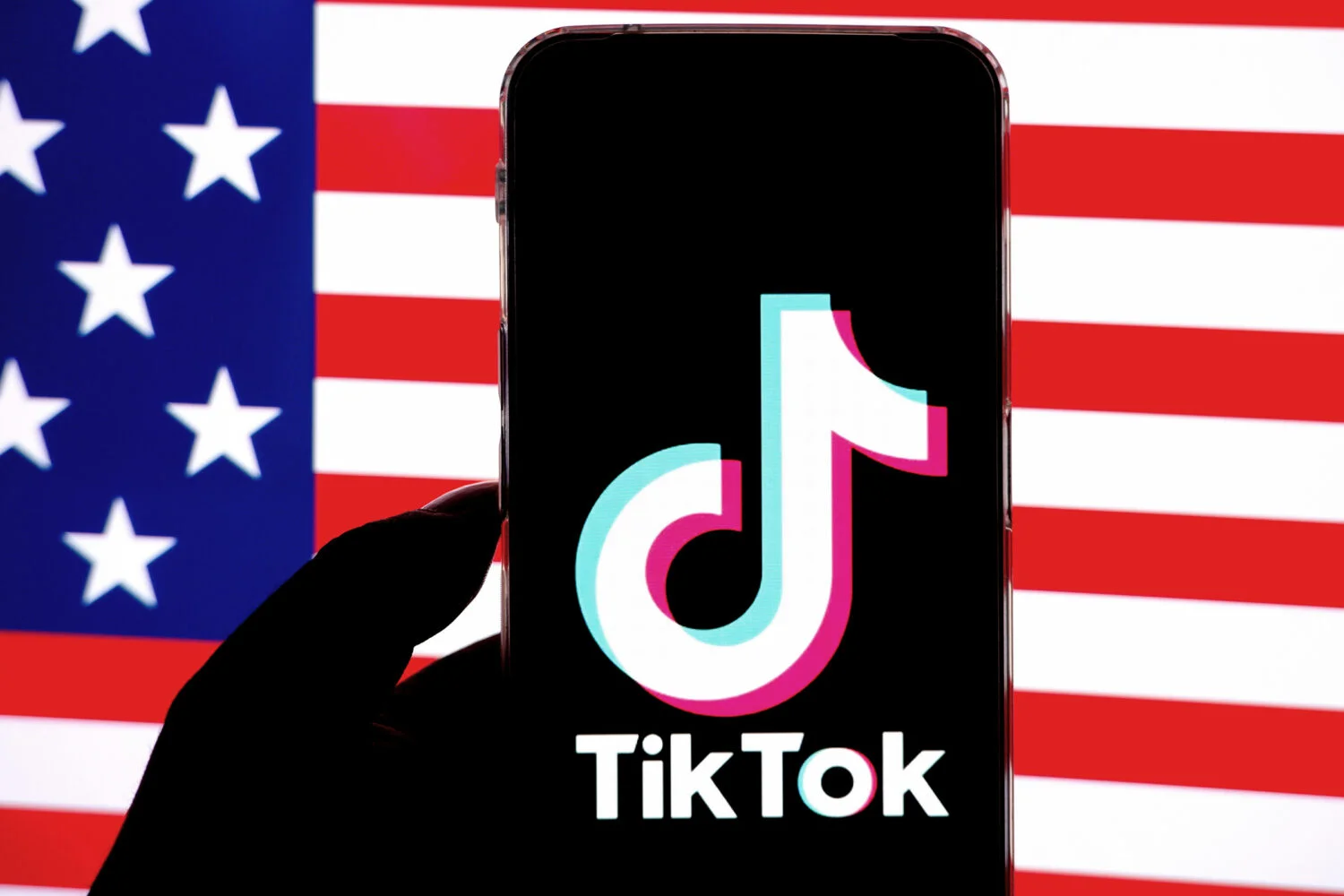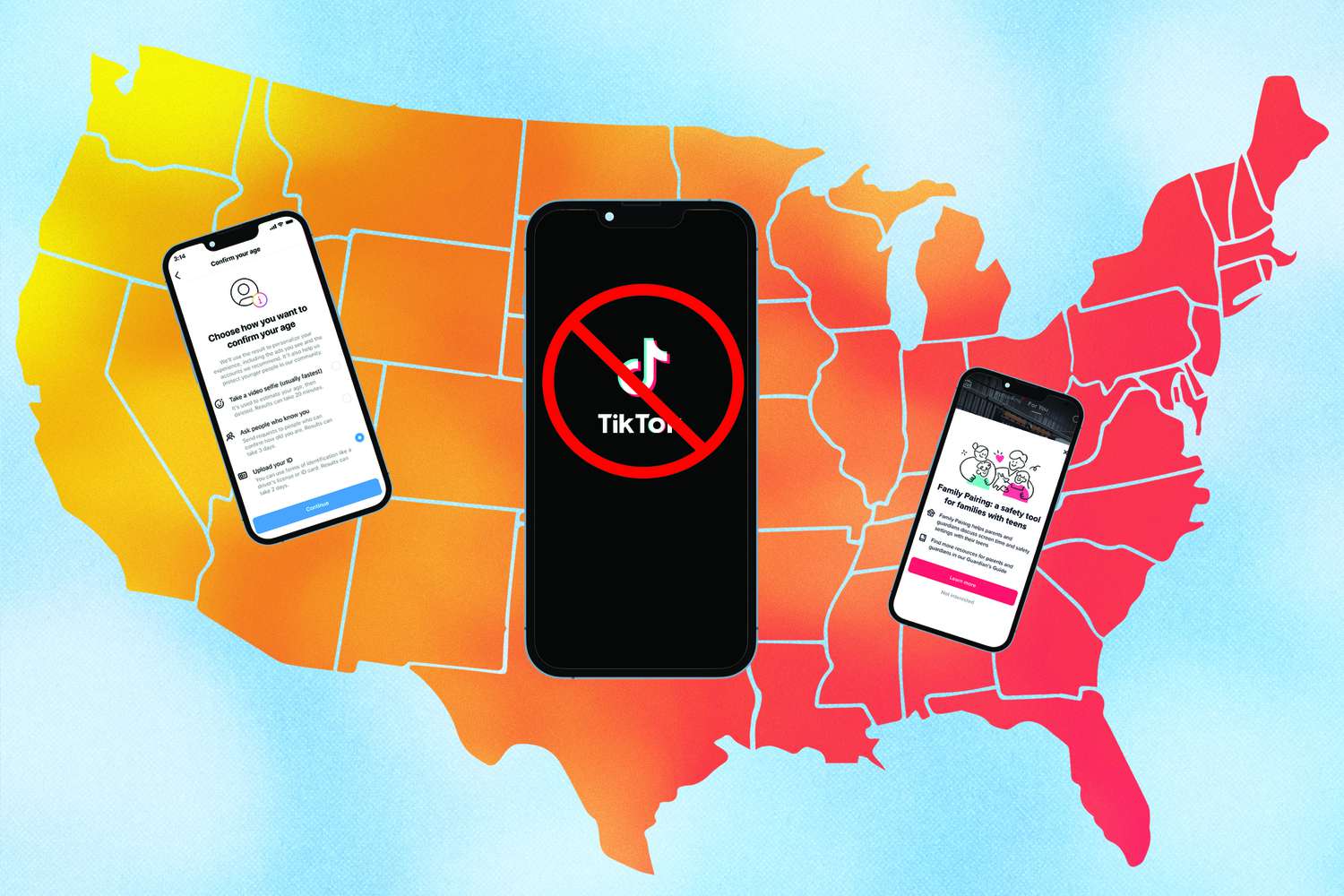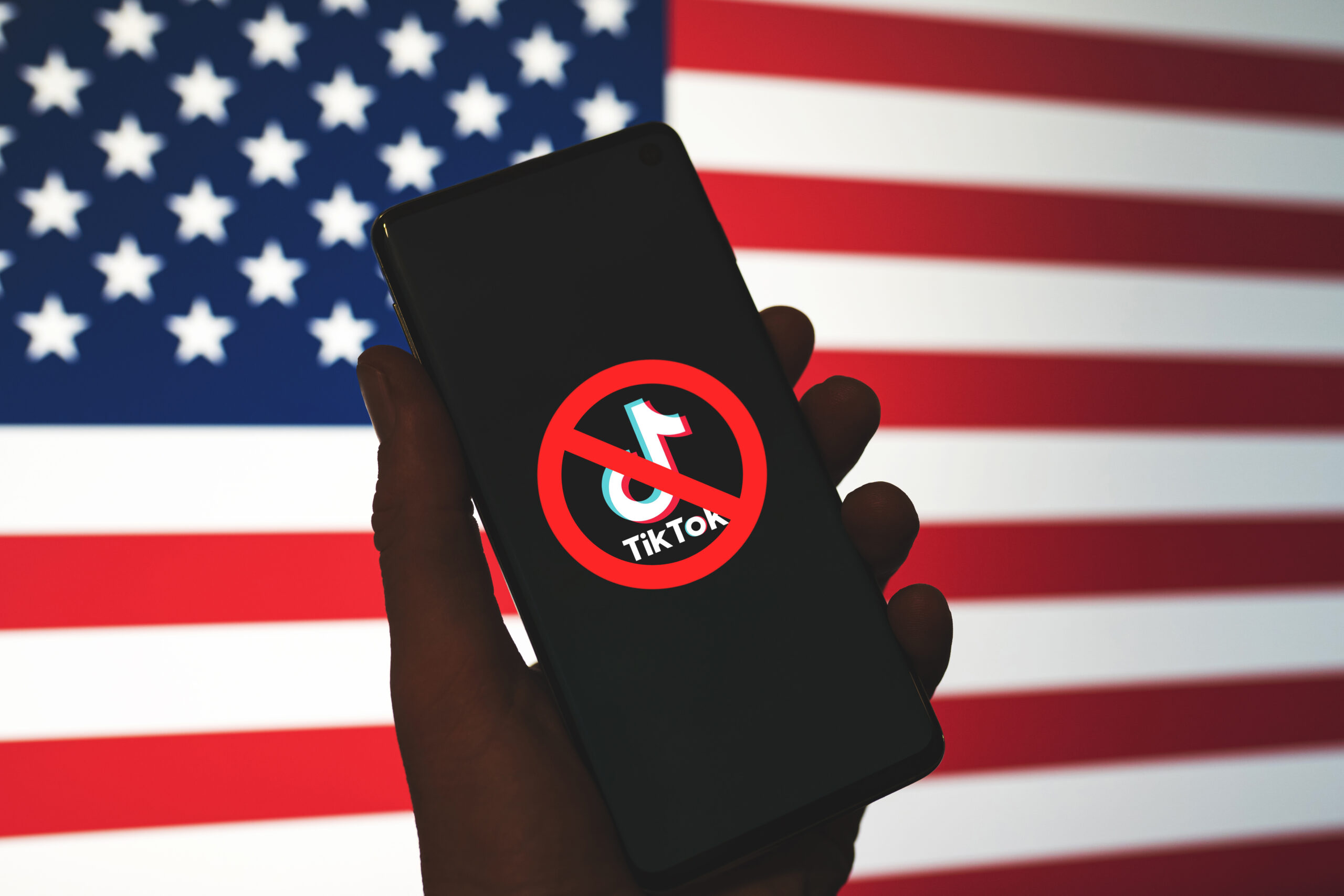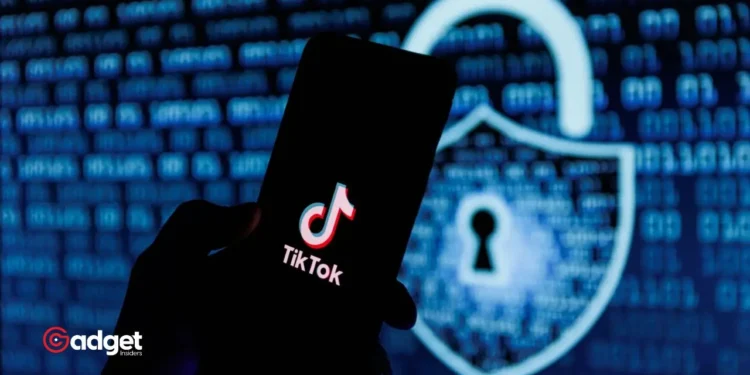In recent developments, TikTok finds itself at the epicenter of a technological and regulatory storm. The widely popular short-video platform is reportedly undertaking a colossal project to create a US-only version of its app—a move fraught with complexities and legal challenges. This initiative appears to be a response to stringent US laws demanding significant operational changes, including the potential sale of its US operations by January 19 to avoid a ban.

Dispute Over Divestiture
TikTok’s parent company, ByteDance, is grappling with the implications of a new law passed in April. This legislation compels the sale of TikTok’s US operations, under the threat of prohibition if not completed within a stipulated 270-day deadline. However, TikTok has openly contested the feasibility of this mandate. In a statement released on X (formerly Twitter), the TikTok Policy team declared the report by Reuters as “misleading and factually inaccurate.” They elaborated, “The ‘qualified divestiture’ demanded by the Act to allow TikTok to continue operating in the United States is simply not possible: not commercially, not technologically, not legally.”
Despite the company’s firm stance against the feasibility of divestiture, the task ahead remains daunting. Insiders close to the matter, who chose to remain anonymous, informed Reuters of the significant effort required to disentangle millions of lines of code—a process estimated to involve hundreds of engineers over the course of a year.
US inches closer to a TikTok ban – https://t.co/DLkIRBGkbp#APP #BAN #CHINA #ELON_MUSK #INFLUENCERS #INNOVATION #REGULATIONS #SECURITY #SOCIAL_MEDIA #TECHNOLOGY #TIKTOK #US #USA pic.twitter.com/nMlkh3VpxN
— HadNews.com (@HadNews_com) April 23, 2024
TikTok’s Legal Battles and Uncertainties
TikTok is not just battling code but also challenging the US law itself on the grounds of the First Amendment. The matter has escalated quickly in legal circles, with the court expediting the process to resolve this dispute before the law’s implementation next year. Oral arguments are set for September, with a decision anticipated by December 6. This timeline hints at the possibility of a subsequent appeal to the Supreme Court.
Simultaneously, TikTok is reportedly exploring various strategies to comply with US regulations without resorting to divestiture. According to sources, these strategies include the potential open-sourcing of parts of its algorithm to enhance transparency and separating its code base to allow the US arm of TikTok to operate independently from its Chinese counterpart.

Technical Challenges and User Impact
Creating a distinct US-only algorithm poses its own set of challenges. Compliance and legal hurdles complicate the identification of which portions of the existing code can be integrated into the new US-specific app. This separation process is crucial as it aims to address concerns regarding the potential for Chinese government surveillance through the app.
Nevertheless, the separation could potentially degrade the app’s performance. Sources suggest that isolating TikTok US from the expertise of Chinese engineers—who have been integral in developing and maintaining the current algorithm—might lead to a decline in the effectiveness of the platform’s content recommendations. This could notably affect the ‘For You Page’ feature, potentially diminishing user experience.
An Ongoing Saga
As TikTok navigates these tumultuous waters, the outcome of this high-stakes tech tug-of-war remains uncertain. With legal, technical, and operational challenges abound, the future of platform in the US hangs in a delicate balance. This scenario not only impacts the company’s strategy and compliance efforts but also shapes the broader discourse on technology governance and international relations in the digital age.

TikTok’s endeavor to align its operations with US laws while maintaining its high standards of user experience is a testament to the complex interplay of innovation, regulation, and geopolitics. As stakeholders from various arenas watch closely, the decisions made in the coming months could set significant precedents for tech companies operating on the global stage.










